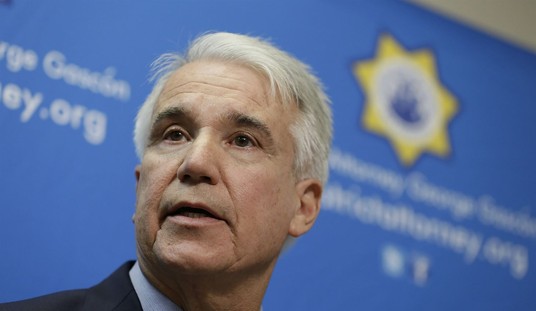It’s been eight months and a staggeringly long journey through the void of space, but tonight the wait is finally over. NASA’s Curiousity Rover is, as you read this, on its final approach and will enter the Martian atmosphere at a blistering 13,000 miles per hour at approximately 1:30 AM on the east coast. (10:30 tonight on the left coast.)
Mission control engineers at the Jet Propulsion Laboratory near Los Angeles acknowledge that delivering the one-ton, six-wheeled, nuclear-powered vehicle in one piece is a highly risky proposition, with zero margin for error.
But on the eve of Curiosity’s rendezvous with Mars, JPL’s team said the spacecraft and its systems were functioning flawlessly, and forecasts called for favorable Martian weather over the landing zone.
After a journey from Earth of more than 350 million miles (567 million km), engineers said they were hopeful the rover, the size of a small sports car, will land precisely as planned near the foot of a tall mountain rising from the floor of Gale Crater in Mars’ southern hemisphere.
Personally I’ll be happy if it just touches down in one piece anywhere on the surface and can deploy its cameras and antennas. Hitting the precise base of that mountain from this distance makes the prospect of knocking a golf ball for a hole in one in Las Vegas from Staten Island look like a cakewalk. I know it may not be this interesting to everyone, but I’ve been nervously following this story since before the launch and, frankly, I wonder if there’s even a fifty-fifty shot that they’ll pull it off.
In case you somehow haven’t seen it yet, the following Sci-Show video contains the NASA simulation of how the landing will be achieved, assuming they make it.
This three stage maneuver relies on air braking, the biggest supersonic parachute ever deployed, a detachable rocket powered descent module after that and a (wait for it…) sky crane. And every one one of them has to fire in sequence at precisely the right moment – all without any human control or input – or Curiosity will turn into a $2.5B crater in the surface. If they manage this feat, I think NASA will truly be “back” and looking like they can do almost anything. If they crash, I seriously doubt they’ll see much significant funding for some time to come.
I don’t know about you, but I’m setting my alarm and I’ll be watching. CNN is claiming they’ll be covering it live, along with the Science Channel. But just in case they drop the ball, you can tune in on your computers to the NASA TV feed. Engineers and astrophysicists will be offering analysis and taking questions leading up to the big moment. Cross your fingers and toes, kids. It’s going to be a bumpy ride.








Join the conversation as a VIP Member